As we approach 2025, businesses are increasingly recognizing the importance of harnessing the power of AI and machine learning to drive growth, innovation, and competitiveness. In this blog post, we’ll explore the latest trends, benefits, and best practices for leveraging AI and machine learning in business.

The Benefits of AI and Machine Learning in Business
- Increased Efficiency: AI and machine learning can automate repetitive tasks, freeing up employees to focus on more strategic and creative work.
- Improved Decision-Making: AI and machine learning can analyze vast amounts of data, providing businesses with valuable insights and recommendations.
- Enhanced Customer Experience: AI-powered chatbots and virtual assistants can provide personalized customer support, improving customer satisfaction and loyalty.
- Competitive Advantage: Businesses that adopt AI and machine learning can gain a significant edge over competitors, driving growth and revenue.
Challenges and Concerns
- Leadership Buy-In: The biggest barrier to AI adoption is leadership, not employees.
2. Trust and Safety: Concerns around AI inaccuracy, cybersecurity risks, and bias need to be addressed.
3. Employee Training: Providing adequate training and support for employees to work effectively with AI is essential.
Key Trends in AI and Machine Learning
- Natural Language Processing (NLP): NLP is a subset of AI that enables computers to understand and interpret human language.
- Computer Vision: Computer vision is a subset of AI that enables computers to interpret and understand visual data from images and videos.
- Predictive Analytics: Predictive analytics is a subset of machine learning that enables businesses to predict future outcomes and trends.
- Robotics and Automation: Robotics and automation are increasingly being used in industries such as manufacturing and logistics.
Best Practices for Implementing AI and Machine Learning
- Develop a Clear Strategy: Businesses should develop a clear strategy for implementing AI and machine learning, aligning with their overall goals and objectives.
- Invest in Data Quality: High-quality data is essential for training and deploying AI and machine learning models.
- Build a Skilled Team: Businesses should invest in building a skilled team with expertise in AI and machine learning.
- Monitor and Evaluate: Businesses should continuously monitor and evaluate the performance of their AI and machine learning models, making adjustments as needed.
Develop a Clear Strategy
Developing a clear strategy is essential for implementing AI and machine learning in business. This involves defining goals, objectives, and key performance indicators (KPIs) to ensure alignment with business outcomes.
Key Activities
1. Define Business Objectives: Clearly define business objectives and outcomes that AI and machine learning are expected to achieve.
2. Conduct a Needs Assessment: Identify the needs and requirements of the business and stakeholders.
3. Develop an AI and Machine Learning Roadmap: Create a roadmap that outlines the steps needed to implement AI and machine learning.
4. Establish Metrics for Success: Define metrics to measure the success of AI and machine learning initiatives.
Invest in Data Quality
Investing in data quality is critical for training and deploying AI and machine learning models. This involves ensuring that data is accurate, complete, and relevant.
Key Activities
1. Assess Data Quality: Assess the quality of existing data to identify gaps and areas for improvement.
2. Develop a Data Governance Framework: Develop a data governance framework to ensure data quality and integrity.
3. Implement Data Quality Controls: Implement data quality controls to ensure data accuracy and completeness.
4. Monitor and Evaluate Data Quality: Continuously monitor and evaluate data quality to ensure it meets business needs.
Build a Skilled Team
Building a skilled team is essential for implementing AI and machine learning in business. This involves identifying the skills and expertise needed to support AI and machine learning initiatives.
Key Activities
1. Identify Skills Gaps: Identify skills gaps and areas where expertise is needed.
2. Develop a Training Plan: Develop a training plan to upskill employees and build expertise in AI and machine learning.
3. Hire External Experts: Hire external experts to fill skills gaps and provide expertise.
4. Foster a Culture of Innovation: Foster a culture of innovation and experimentation to encourage creativity and learning.
Monitor and Evaluate
Monitoring and evaluating AI and machine learning initiatives is critical for ensuring they are meeting business needs and objectives.
Key Activities
1. Establish Metrics for Success: Establish metrics to measure the success of AI and machine learning initiatives.
2. Monitor Performance: Continuously monitor the performance of AI and machine learning models.
3. Evaluate Effectiveness: Evaluate the effectiveness of AI and machine learning initiatives.
4. Make Adjustments: Make adjustments to AI and machine learning initiatives as needed to ensure they are meeting business needs.
Conclusion
Harnessing the power of AI and machine learning is crucial for businesses to remain competitive in 2025. By understanding the benefits, trends, and best practices for implementing AI and machine learning, businesses can drive growth, innovation, and success.


